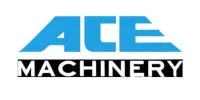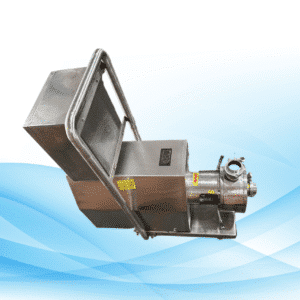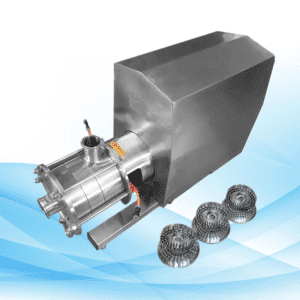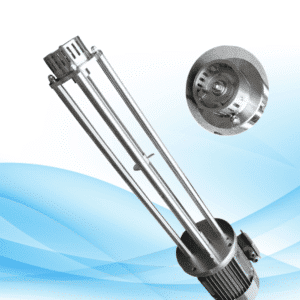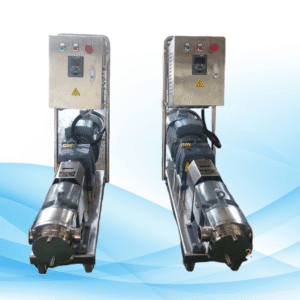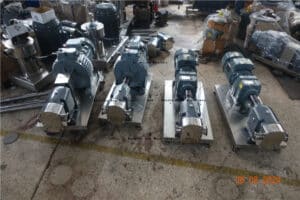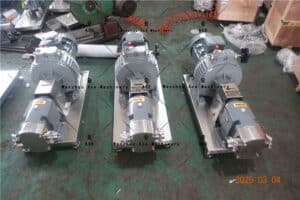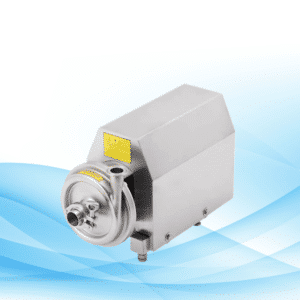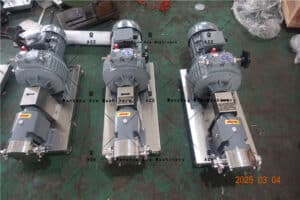Best Electric Transfer Pumps: Fast Fluid Moving Devices
Electric Transfer Pumps are among the most reliable and versatile tools in the efficient transfer of liquids. It doesn’t matter if it is for industrial, agricultural, or personal use, these pumps are built to optimize productivity by simplifying electric fluid movement. In this in-depth electric transfer pump guide, we shall review the features, benefits, applications of the pumps as well as address the major considerations to make when purchasing it as well as respond to frequently asked questions.

What Is an Electric Transfer Pump?
An electric transfer pump is an electricity powered device that moves fluids from one place to another. These pumps are very common in moving water, fuel, oil or chemicals, and they span across several industries such as the automotive, agriculture, and construction. Their ease of operation, efficiency, and performance make them must-have pumps for these tasks.
Components and Functions: Key
The following are key components of the machine:
- Supplied power to pump is provided by the electric motor.
- Components that move the fluid through the system.
- Nozzles or hoses that direct fluid to and from the pump.
- Variable speed controls and automated shut-off mechanisms for precision.
Why choose an Electric Transfer Pump?

Electric transfer pumps have more benefits than manual or gas-powered alternatives.
- Efficiency: Electric motors achieve a certain level of performance while using minimal energy. This level of energy efficiency ensures speedy fluid transfer, which saves time during fluid transfer in rigorous environments.
- Ease of Use: Many, if not most, electric transfer pumps are simply plug and go devices which need a very minimal amount of setup. Features like automatic shutoff or adjustable flow rates make these devices extremely user-friendly.
- Environmentally Friendly: Electric models are much better than gas powered pumps, as they produce no harmful emissions. This makes them a perfect fit for indoor use and operations that seek for an eco-friendly solution.
- Cost Effectiveness: While the initial costs may be steep, over time electric pumps save money from reduced maintenance cost and low operational costs. Within a few years, electric pumps are a smart investment.
- Versatility: Depending on the model, electric ones can handle a multitude of fluids. From clean drinking water to thick oils and even dangerous chemicals.
Applications of Electric Transfer Pumps
Having the knowledge around how exactly these pumps work can aid buyers in selecting the perfect model for them.
- Agriculture: Electric transfer pumps are used by farmers to move and store water, and also for irrigation purposes. Electric pumps also aid in fertilizer or pesticide distribution.
- Industrial Settings: Electric pumps function best in factories and warehouses to move oils, lubricants, and chemicals. Their precision and durability make them a trusted choice for heavy-duty operations.
- Automotive and Marine: These pumps also help to refuel, transfer coolant, and even change oil in automotive and marine industries. Electric portable transfer pumps are very convenient for servicing vehicles in off-the-road areas.
- Home Use: Homeowners use electric transfer pumps to drain water from flooded basements, fill pools, or transfer potable water.
Factors To Consider When Buying Electric Transfer Pump
When shopping for an electric transfer pump, these factors can help you make an informed decision:
- Flow Rate: Expressed in gallons per minute (GPM) or liters per minute (LPM), the rate of flow is an indicator of the speed at which the pump moves fluid. Choose a flow rate that matches your needs.
- Compatibility With Fluids: Check that the liquids designed to transfer will be compatible with the pump. There are models that transfer water only and others that can handle oil, fuel, or chemicals.
- Power Source: Electric transfer pumps are designed in corded and cordless types. Freedom of movement is offered by cordless pumps, while continuous power is provided by corded.
- Build Quality: Choose tough materials such as stainless steel or heavy-duty plastic that will withstand corrosive fluids and rough condition to ensure the pump’s durability.
- Safety Features: Overload protection and thermal sensors are essential features that provide an extra layer of protection during use.
Essential Features Of An Electric Transfer Pump
While picking a pump, it is very important to pinpoint the features that align with your expectations, as some crucial features include:
- Self-Priming Capability: This feature ensures a smooth and effective power-up cycle.
- Adjustable Flow Rate: This feature enables accurate control over the flow rate.
- Thermal Protection: With this feature, the pump does not overheat even when used continuously.
- Light Weight: Comfort grip handles allow for easy carrying of the pump, making movement around effortless.
- Warranty and Support: Excellent customer service, alongside a warranty, ensures the user is covered for long periods of time.
How To Maintain Electric Transfer Pumps
To get the best out of your electric transfer pump, follow these maintenance tips:
- Flush the pump with water: This aids in preventing clogs.
- Hoses & seals check: Inspect them for cracks & leaks.
- Apply Lubricants: Use recommended lubricants on all moving parts.
- Dry Storage: This decreases the risk of corrosion.
- Maintenance Schedule: Always check what the manufacturer suggests.
Frequently Asked Questions
- Which liquids can be stored in electric transfer pumps? Electric transfer pumps are generally multipurpose and can be used with water, oil, fuel, and some chemicals. The technical specifications provided by the manufacturer should be adhered to.
- Are electric transfer pumps suitable for indoor applications? Yes, their emissions-free characteristic makes electric transfer pumps safe for indoor use. Always take precautionary measures such as ventilation of the area when dealing with having fluids.
- Is it possible to use an electric transfer pump for water used for drinking? Yes, but it is important to check if the pump is specifically designed for drinking water to avoid contamination.
- What is the typical lifespan of an electric transfer pump? If used with proper care, an electric transfer pump will work between 5 and 10 years. Any additional depend on the pump’s usage and working environment.
- How do I select the appropriate pump? The factor to consider in this instance are – the type of different fluids, the flow rate, self-priming feature, power concerns and thermal protection.
Summary
An electric transfer pump is an invaluable device for transfer of fluids within an industry or for home use. Understanding their benefits, applications, and key features will aid in the selection of the right pump for each circumstance. Do not forget to check the factors of robustness, safety measures, and compatibility during your purchase. If cared for properly, an electric transfer pump will outlast its expected lifespan as an aid in fluid transfer for years to come. While addressing the frequently asked questions and relevant factors that this guide details, we trust that this will be useful to many who are looking for the most suitable electric transfer pump. Do not delay in getting an electric transfer pump that will enable you to optimize all processes today.
